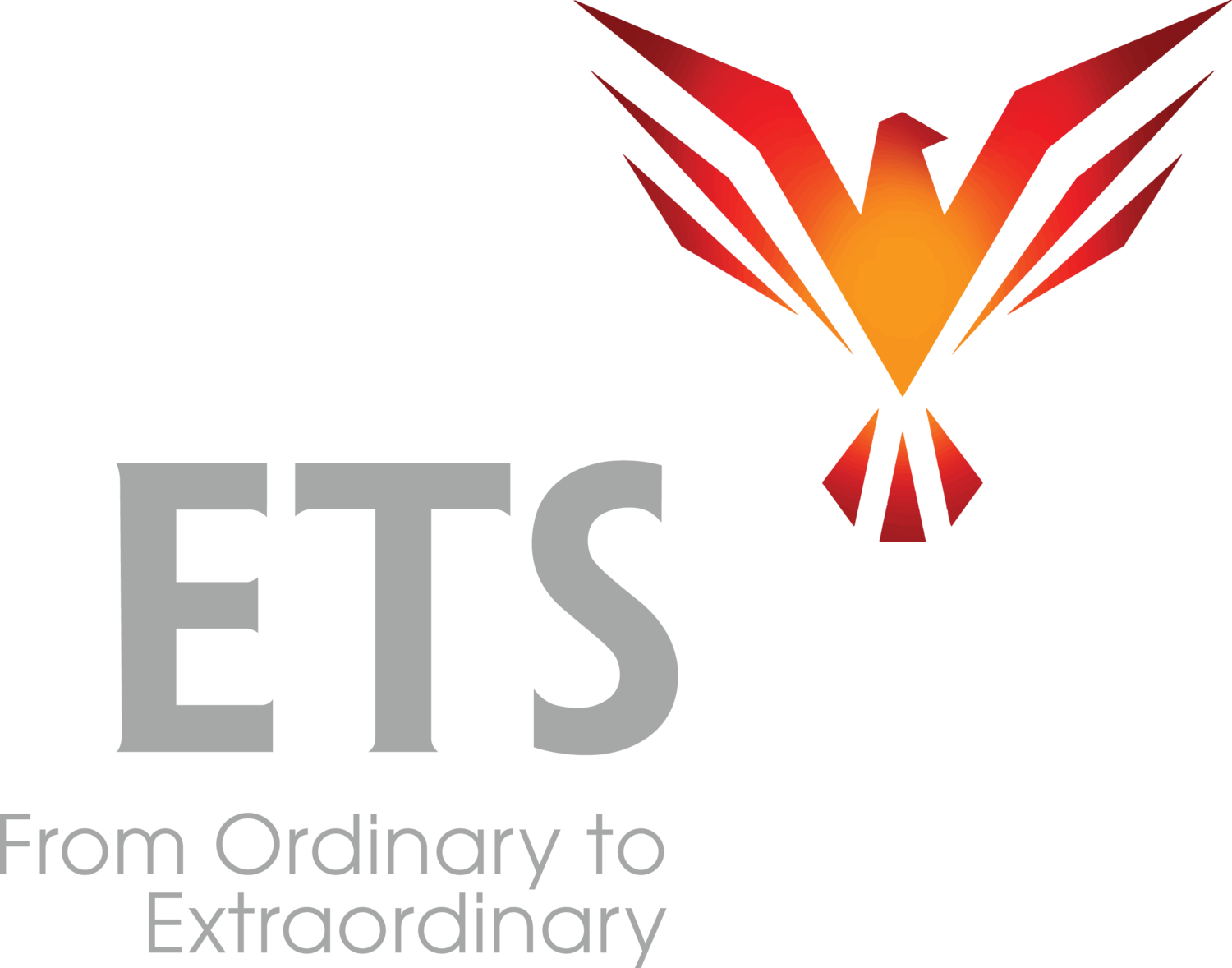I’m a first-generation immigrant. My parents came from Lithuania, right across the sea from Sweden.
We have a beautiful Christmas Eve tradition I think you’ll enjoy hearing about. It creates a very special moment.
Each person at the dinner table receives a large wafer of unleavened bread and we have communion.
You might have heard of “Holy Communion”, which is different. That’s when a Priest blesses the wafer and gives it special religious significance.
This Christmas Eve tradition of communion is not religious. If you look the word communion up in the dictionary, without the word “Holy” in front of it, it means:
The sharing or exchanging of intimate thoughts and feelings, especially when the exchange is on a mental or spiritual level.
You can see it’s something special.
